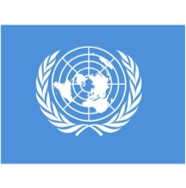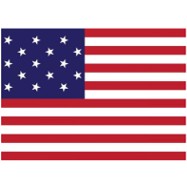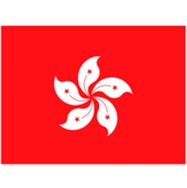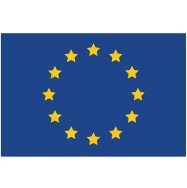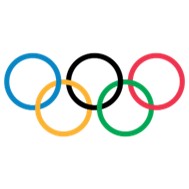Standard Flag Size
Club Flag Size
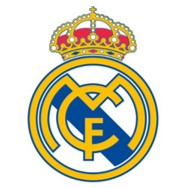
About Flag
1. Classification of flags.
A: Classification by Design (Vexillological Patterns).
This is the most common way to categorize flags, based on their basic layout and patterns.
Bicolor: Two vertical or horizontal stripes.
Tricolor (Triband): Three vertical or horizontal stripes. This is one of the most popular designs.
Vertical: France (blue, white, red), Belgium (black, yellow, red), Ireland (green, white, orange).
Horizontal: Germany (black, red, gold), Russia (white, blue, red), Netherlands (red, white, blue).
Nordic Cross (Scandinavian Cross) or saltire (diagonal cross).
Canton: A rectangle in the top hoist corner (often the union jack or stars on a field).
Pan-African Colors: Using the green, yellow/gold, and red (sometimes black) popularized by Ethiopia.
Pan-Arab Colors: Using the black, white, green, and red from the Arab Liberation flag.
Pan-Slavic Colors: Using the white, blue, and red from the Russian flag.
Unique/Complex Designs: Flags that don't fit neatly into the above categories.
B: Classification by Function and Use.
Flags are also categorized by their purpose and who is authorized to fly them.
National Flags: Represent a sovereign nation.
Subnational Flags: Represent states, provinces, regions, or cities within a country.
International & Supranational Flags: Represent multi-national organizations.
Military Flags: War Flags / Naval Ensigns, Rank Flags,
Signal Flags (International Maritime Signal Flags): Used at sea for communication, with each flag representing a specific letter or message (e.g., Alpha flag: "I have a diver down").
Pride & Social Movement Flags: Represent social causes, communities, and identities.
Religious Flags: Represent a specific faith or religious order.
2. Good Flag, Bad Flag.
A: Keep It Simple.
The flag should be so simple that a child can draw it from memory.
Good: Japan (a red circle on a white field). Unforgettable and easy to draw.
Bad: Flag of Milwaukee (previous design). It had a gear, a flag, a stalk of wheat, a factory, and a ship's helm. Far too complex.
B: Use Meaningful Symbolism.
The flag's images, colors, or patterns should relate to what it symbolizes (e.g., the country's history, geography, culture, or people).
Good: Canada (The maple leaf is a nationally recognized symbol of nature and environment. The red and white colors were officially proclaimed by the king).
Bad: Flag of Benin Empire. While historically significant, its primary design (a naked man swinging a sword) is not inherently meaningful to a modern viewer without explanation and is overly complex.
C: Use 2–3 Basic Colors.
Limit the number of colors to a few that contrast well and come from the standard color set. The basic colors are: red, blue, green, yellow, black, and white.
Good: Germany (Black, red, gold. Clean and contrasting).
Bad: Flag of Turkmenistan. While culturally significant with its carpet patterns, it uses five detailed colors (green, white, red, gold, and the light-blue field) making it visually busy.
D: No Lettering or Seals.
Never use writing of any kind or an organizational seal. Text is hard to read backwards and from a distance, and seals are meant for paper, not fabric.
Good: Brazil. While it has a banner with text "Ordem e Progresso" inside its blue circle, the overall design is so iconic and symbolic that it's often forgiven as the exception that proves the rule.
Bad: Two-thirds of all US state flags. For example, Florida would be a great, simple flag (a red saltire on white) but it ruins it by plopping the state seal dead in the center.
E: Be Distinctive or Be Related.
Avoid duplicating other flags, but use similarities to show connections (e.g., the Nordic cross flags all show a shared heritage, while each remains distinct).
Good: Niger and India. Both are horizontal tricolors with a central circle (orange-white-green and saffron-white-green). They are similar enough to notice a potential connection but distinct enough to tell apart.
Bad: Romania and Chad. Their flags (blue-yellow-red vertical tricolors) are virtually identical, causing diplomatic incidents. This is the downside of not being distinctive.
